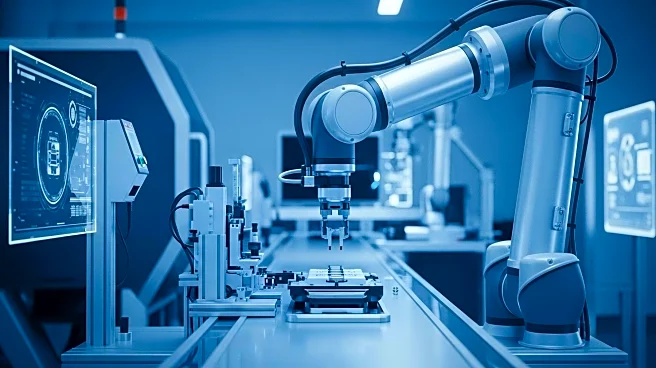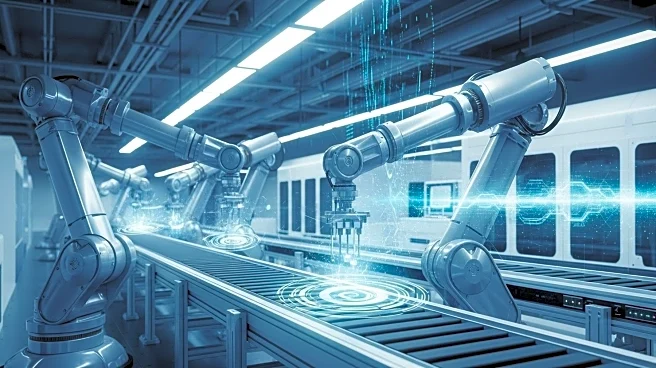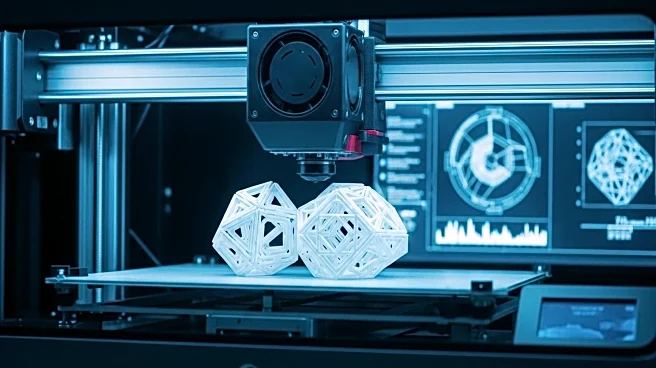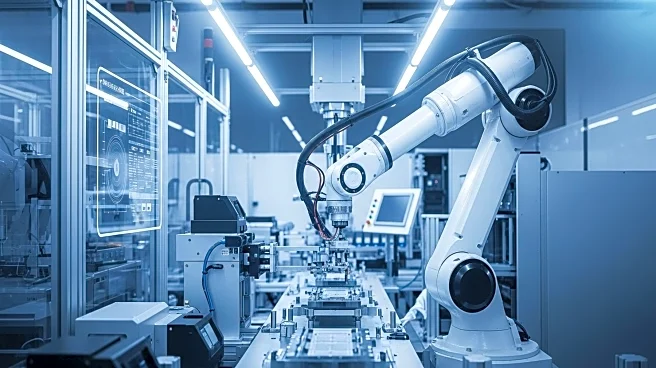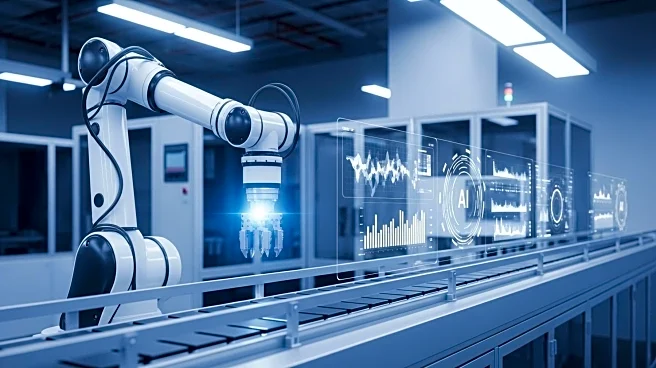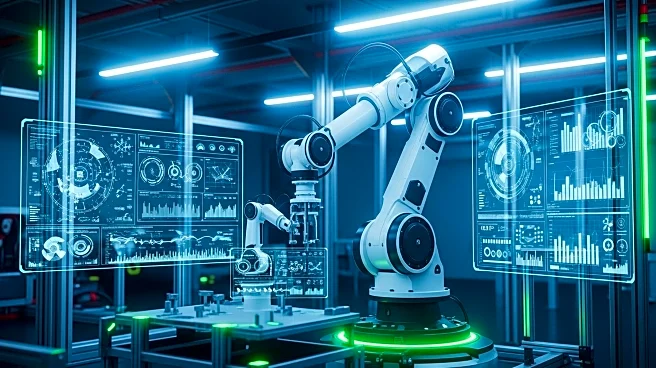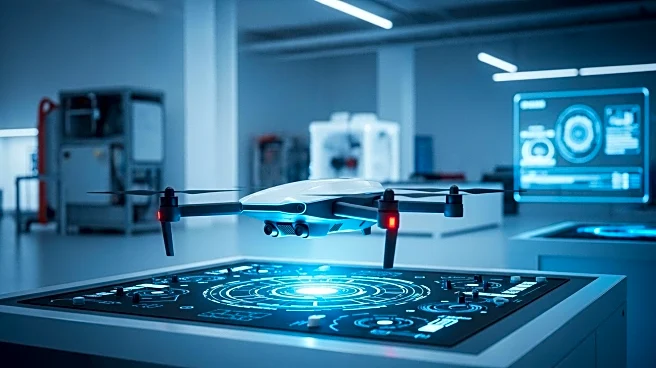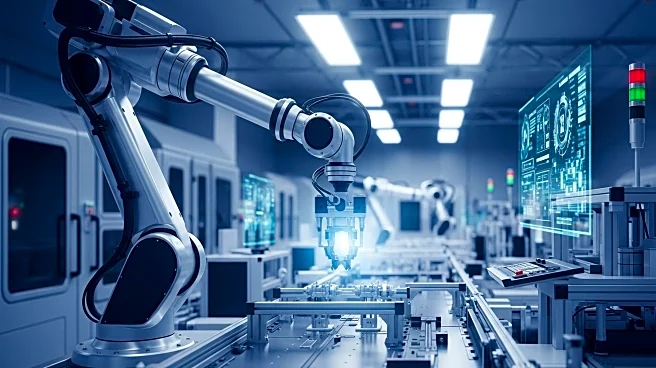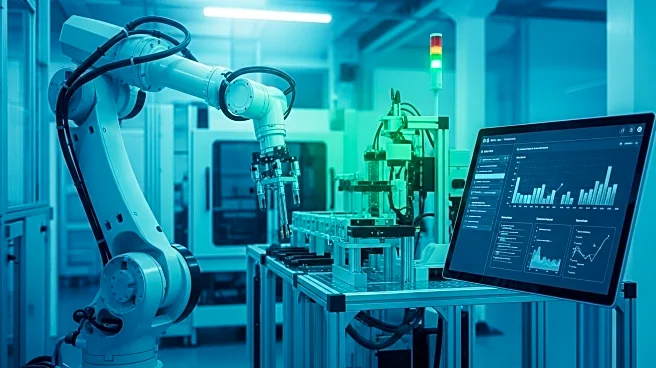What is the story about?
What's Happening?
Manufacturers are increasingly adopting consumer-driven manufacturing models, which prioritize real-time consumer demand and feedback over traditional production forecasts. This approach, discussed by Liya Getachew of Sendero Consulting, involves leveraging technology and data to create agile production lines that can quickly respond to market shifts. The Internet of Things plays a crucial role in enabling real-time personalization and decision-making. Manufacturers are moving away from rigid mass production lines to modular systems that can handle custom orders and adjust volumes dynamically.
Why It's Important?
The shift towards consumer-driven manufacturing represents a significant transformation in the industry, driven by the need for greater flexibility and responsiveness to consumer preferences. This model allows manufacturers to optimize inventory, reduce waste, and enhance customer satisfaction by delivering products that meet real-time demand. The integration of AI and analytics further supports this transformation by providing predictive insights and enabling smarter decision-making. As consumer expectations continue to evolve, manufacturers that adopt this model may gain a competitive edge in the market.
What's Next?
Manufacturers are likely to continue investing in technology and data infrastructure to support consumer-driven models. The development of smart factories and digital twins will enhance operational agility, allowing manufacturers to test changes virtually before implementation. As the industry embraces this approach, cross-functional collaboration and innovation will become increasingly important. Companies may need to empower teams to make decisions without bureaucratic delays, fostering a culture of agility and responsiveness.
Beyond the Headlines
The adoption of consumer-driven manufacturing models may lead to broader changes in supply chain management and production strategies. This shift could influence global trade patterns and impact the competitiveness of traditional manufacturing hubs. The emphasis on real-time data and consumer insights may also drive innovation in product design and marketing, as companies seek to align their offerings with evolving consumer preferences.
AI Generated Content
Do you find this article useful?
